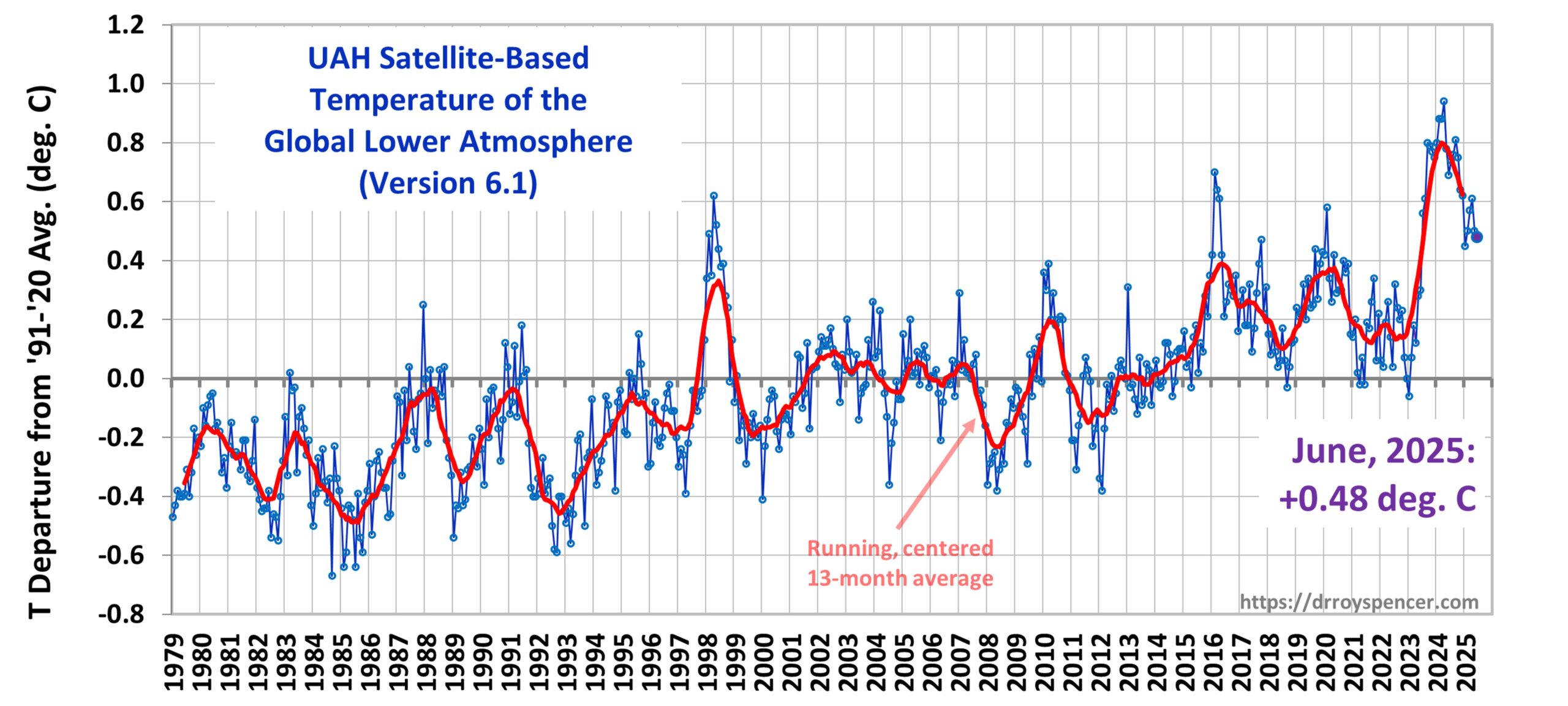We, of course, downplayed MP in April 18's ""The Consequences of China’s New Rare Earths Export Restrictions" (LYC.ax; MP)":
...Although MP Materials is getting the attention in the U.S., Australia's Lynas has a better mix of the various rare earths....
Who needs the Memento mori guy when you have the stock market to remind you "you are not the boss of the universe"*
From CNBC, July 10:
- The Defense Department will buy $400 million of preferred stock in MP Materials.
- MP Materials owns the only operational rare earth mine in the U.S. at Mountain Pass, California.
- It will build a second magnet manufacturing facility in the U.S. with the support of the Pentagon.
The Defense Department will become the largest shareholder in rare earth miner MP Materials
after agreeing to buy $400 million of its preferred stock, the company said Thursday.
MP Materials owns the only operational rare earth mine in the U.S. at Mountain Pass, California, about 60 miles outside Las Vegas. Proceeds from the Pentagon investment will be used to expand MP’s rare earths processing capacity and magnet production.
Shares of MP Materials jumped more than 40% premarket on the news.
Interior Secretary Doug Burgum said in April that the Trump administration was considering making direct equity investments in critical mineral companies to break U.S. dependence on China.
“This initiative marks a decisive action by the Trump administration to accelerate American supply chain independence,” MP Materials CEO James Litinsky said in a statement.
The Pentagon is buying a newly created class of preferred shares convertible into MP Materials’ common stock, in addition to a warrant that allows the U.S. to buy additional common stock.
The convertible shares and the exercise of the common stock warrant would equal about a 15% stake in MP Materials as of July 9, nearly twice the 8.61% held by Litinsky and the 8.27% held by BlackRock Fund Advisors, according to FactSet data....
—Supposedly the words a slave whispered to a returning Roman general during his triumphal return.
Cambridge classicist Mary Beard makes a strong case against the simplistic popular conception in her book "The Roman Triumph".
From Friends of Classics Reviews:
...Balancing the enemy captives and bringing up the rear of the triumphal procession were the victorious general’s troops, chanting the mysterious “io triumpe”.
Less mysterious were the rude chants that the triumphing troops were licensed to direct at their general. Suetonius gives us a sample of what Caesar’s troops contributed: “Romans, watch your wives, the bald adulterer’s back home. You fucked away in Gaul the gold you borrowed here in Rome”.
Traditionally these chants have been seen as “apotropaic”, designed to ward off envy and the evil eye in the moment when the successful general was most vulnerable. This is consistent with what is perhaps the best-known aspect of the traditional picture of the triumph, the slave who supposedly stood behind the general in his chariot to remind him that he was not a god, by repeating the words “Look behind. Remember that you are a man”. In the film Quo Vadis? the slave’s words receive an unintended comic twist when they are delivered to a triumphing Marcus Vinicius as he ogles a pretty girl in the crowd (nothing wrong with Marcus Vinicius!).
Beard points out that the slave and his cautionary words have been cobbled together out of bits and pieces of evidence from different contexts and periods and that no single text gives us the whole picture. She is similarly sceptical about the modern theory that the triumphing general impersonated the god Jupiter Best and Greatest, dressed in the clothes of his cult statue and with his face similarly painted red.
The impersonation of the god, the admonitory slave and the apotropaic songs all make a tempting package, but the evidence for the triumphator’s impersonation of Jupiter is very slender. What we can say is that Roman authors of the late Republic and early Empire were particularly concerned with the line between the human and the divine, and with the problematic concept of the divine human. Eventually, the emperor would be hailed as a god and receive divine honours, but this would be a slow and difficult process....

